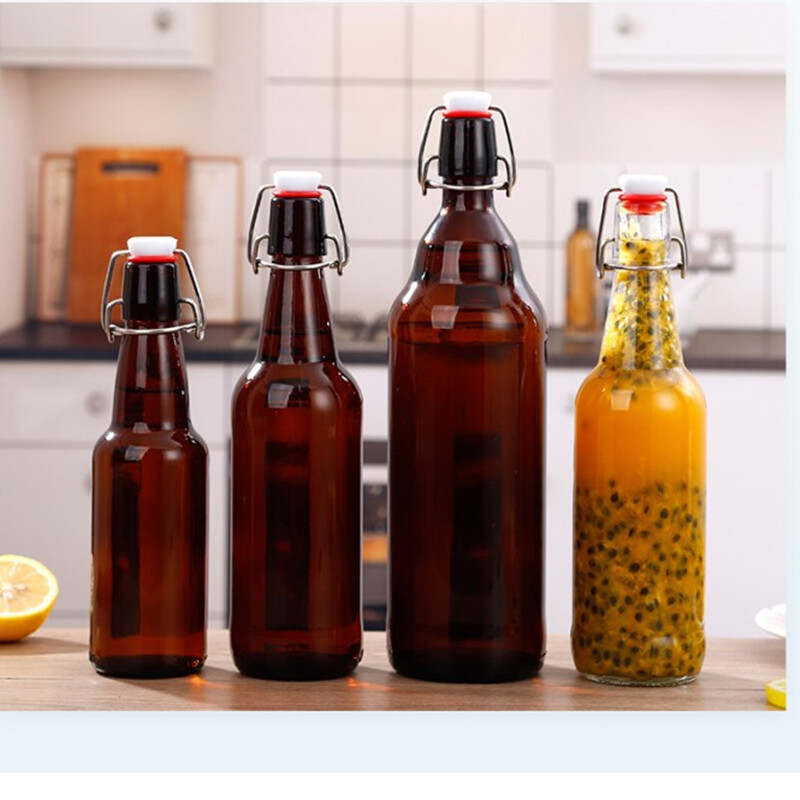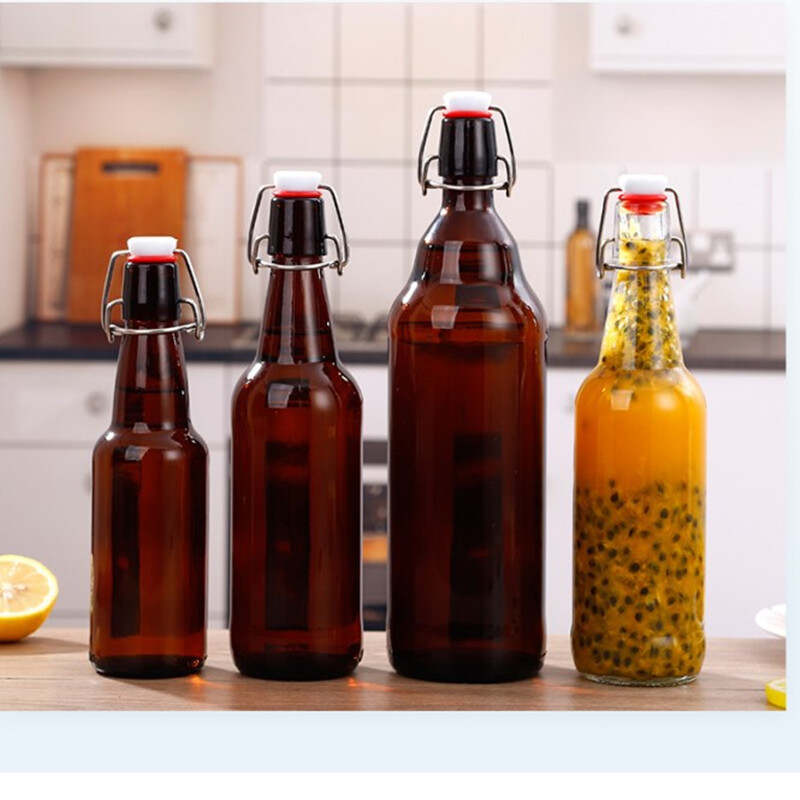Email cannot be empty
Password cannot be empty
Email format error
Email cannot be empty
Email already exists
6-20 characters(letters plus numbers only)
The password is inconsistent
Email format error
Email cannot be empty
Email does not exist
6-20 characters(letters plus numbers only)
The password is inconsistent


Introduction
In today's dynamic beer market, consumers exhibit distinct preferences concerning various types and sizes of packaging. Among these preferences, the 330-ml glass beer bottle has carved out a significant niche, owing to its unique advantages and appeal to consumers.
Factors Influencing Consumer Choice of 330-ml Glass Beer Bottles
Quality and Taste: It's widely acknowledged that glass as a material effectively retains the authentic taste and flavor profile of beer. For numerous beer aficionados, opting for a 330-ml glass beer bottle translates to an enhanced and pure beer-drinking experience. The transparency and inert nature of glass ensure that the beer remains uncontaminated, preserving its original taste.
Preservation Attributes: Glass possesses exceptional preservation qualities, safeguarding the freshness and quality of the beer within. Compared to alternative packaging materials, the 330-ml glass beer bottle prolongs the beer's freshness and maintains its effervescence, ensuring consumers enjoy each sip as intended by the brewer.
Environmental Sustainability: In an era where sustainability is paramount, the 330-ml glass beer bottle emerges as an eco-friendly choice. Its recyclability and minimal environmental footprint resonate with environmentally-conscious consumers, positioning it favorably against other non-recyclable packaging options.
Brand Loyalty and Recognition: Several renowned beer brands strategically opt for the 330-ml glass beer bottle, bolstering their brand image and fostering consumer loyalty. The distinctiveness and premium feel associated with glass packaging often elevate the perceived value of the beer, influencing consumers' purchasing decisions.
Economic Considerations: While the initial cost of 330-ml glass beer bottles might surpass that of alternative materials, consumers perceive this as a worthwhile investment. The perceived quality, enhanced drinking experience, and brand appeal often justify the slightly higher price point, driving demand for glass-packaged beers.
Impact of Technological and Design Innovations
Adoption of Novel Materials: Advancements in material science have paved the way for exploring innovative glass compositions and treatment techniques. Manufacturers continually strive to enhance the durability, clarity, and aesthetic appeal of 330-ml glass beer bottles, leveraging cutting-edge technologies to meet evolving consumer preferences.
Evolution of Packaging Design: In an increasingly competitive market landscape, manufacturers emphasize innovative packaging designs to amplify the brand recognition and consumer appeal of 330-ml glass beer bottles. From unique bottle shapes and textures to personalized labels and embossments, design elements continuously evolve to cater to diverse market segments and consumer preferences.
Integration of Technology and Sustainability Practices by Manufacturers
Enhanced Production Efficiency: Manufacturers harness advanced production technologies and automated processes to elevate the efficiency and consistency of 330-ml glass beer bottle production. Streamlined manufacturing workflows, coupled with technological integrations, ensure optimal resource utilization and minimize waste generation.
Commitment to Sustainability: Beyond production efficiency, manufacturers prioritize sustainable practices to ensure environmentally responsible 330-ml glass beer bottle production. Initiatives encompassing renewable energy adoption, waste reduction, and fostering a circular economy underscore their commitment to sustainability, resonating with eco-conscious consumers and stakeholders alike.
Rigorous Quality Control Measures: Ensuring product integrity remains paramount in 330-ml glass beer bottle production. Manufacturers employ state-of-the-art quality control technologies and processes, spanning raw material selection to final product inspection, to uphold stringent quality standards. These rigorous measures safeguard against defects, ensuring consumers receive premium-quality beer packaged in 330-ml glass bottles consistently.
Conclusion
In conclusion, consumer preferences for 330-ml glass beer bottles are shaped by a myriad of factors encompassing quality, preservation attributes, sustainability considerations, brand loyalty, and economic factors. Concurrently, advancements in technology and design innovations continually redefine the landscape of 330-ml glass beer bottle production. As manufacturers integrate technological advancements and sustainable practices, the 330-ml glass beer bottle remains poised to retain its allure among consumers, offering an unparalleled beer-drinking experience synonymous with authenticity, quality, and sustainability.